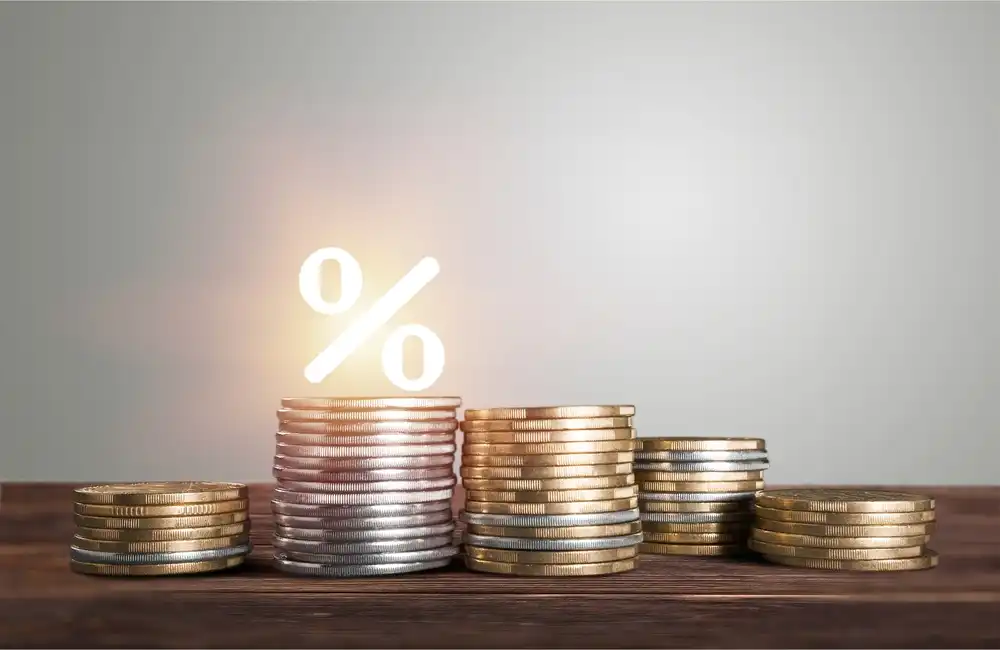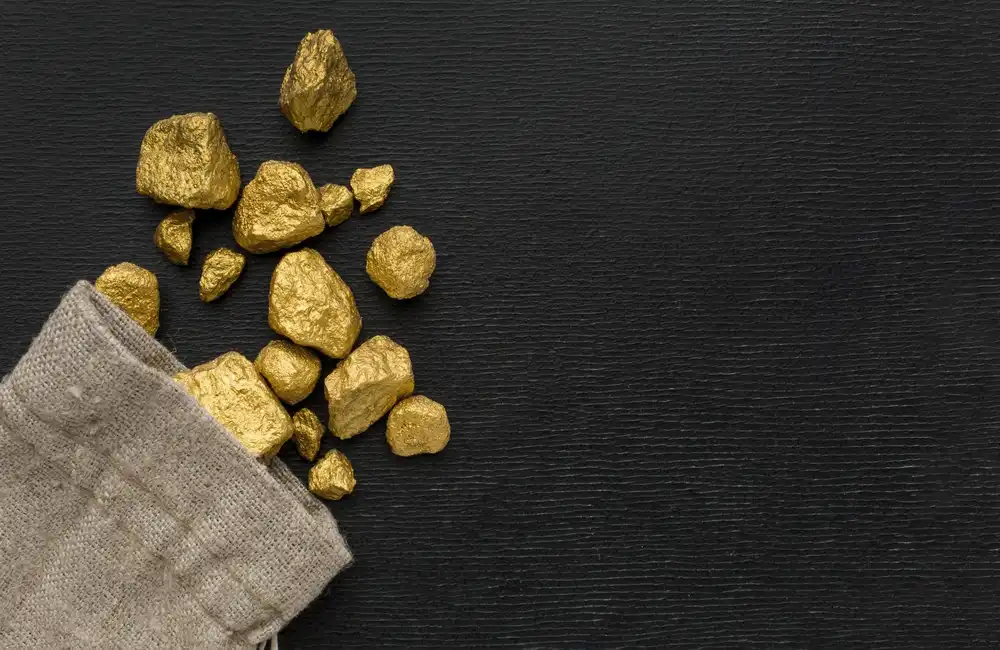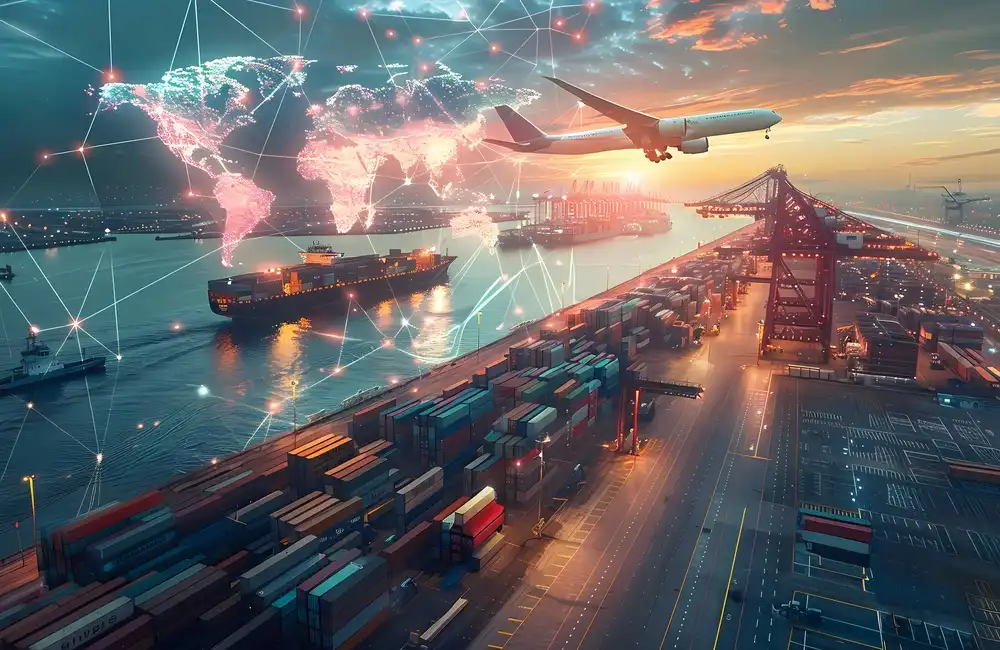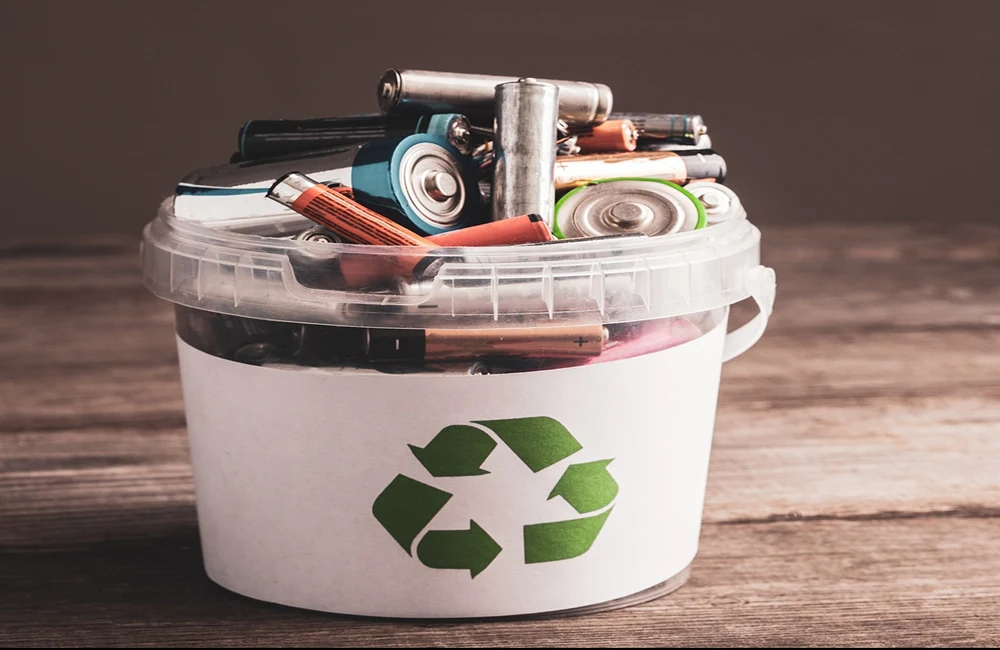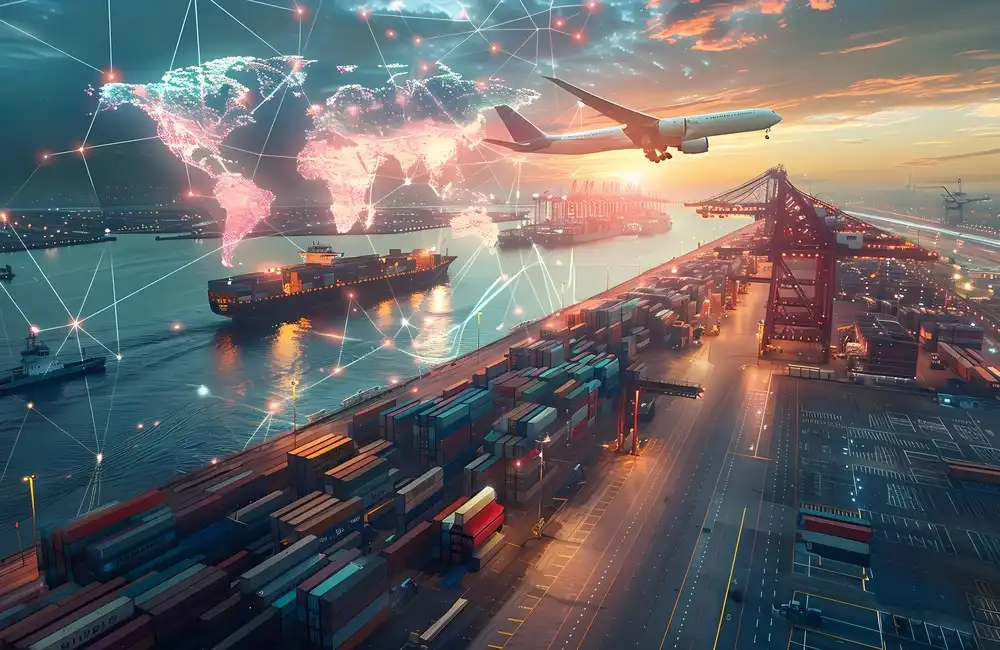As the Western world attempts to ramp up battery-making capacity, one issue facing the industry is raw material supply, and whether there will be enough to keep up with demand by 2030
Battery manufacturer Northvolt believes there will be a lack of raw material supply and refineries to meet the planned gigafactory capacities by 2030.
“This is precisely the eco-system that must be built out over the next decade, underpinned not just to ensure an increased supply of raw materials, but also the sustainability and the reliability of that supply,” Anders Thor, Northvolt’s director of communications and public affairs for the Nordics region.
Northvolt has a wide-ranging strategy to ensure it has enough supply to feed its plants, he said, including setting up regionalized streams of raw material, or exploring and developing alternative materials, while recycling was crucial.
“We make sure that at least 50% of the raw material we use to produce batteries by 2030 is coming from recycled material,” Thor said.
It's about introducing alternative raw materials across supply chains and adopting alternative materials for the right application, and the government will play a crucial role, AMTE Power CEO Kevin Brundish said.
Talga noted that challenges included a lack of suitable deposits, ease at home, and access to refining capacity.
“There are ongoing efforts to expedite the permitting process for critical raw materials projects, and while those changes would certainly help, they wouldn’t fully address the issue,” it said.
Talga said it plans to increase its planned battery anode output in Sweden from 19,500 mt/year to close to 100,000 mt/year to satisfy around 10% of the expected European demand for anode by 2030, and that it was currently seeking further geological exploration that will allow for expansions beyond 2026 to satisfy longer-term demand.
But clean battery developer Freyr Battery, which has raised 35 billion crowns ($3.47 billion) in funding, thinks there are enough raw materials, related materials projects, and overall capacity to meet supply requirements in the next decade, CEO Tom Einar Jensen said.
“We expect supply and demand to grow dramatically, and naturally that will mean periods of temporary imbalance,” he said. “While some volatility and fluctuation do occur, we do expect future average raw material prices to be lower than current.”
Lithium in Jensen's view may prove the biggest hurdle because most projects in Europe and the US are "generally always off from commercial production."
But Freyr has already locked down the majority of the raw materials it will need and its Customer Qualification Plant and first stage of the Giga Arctic factory as it continues to qualify new materials and new suppliers.
Sufficient Cobalt
The Cobalt Institute, whose representative McCarthy said would have enough cobalt to fulfil demand by 2030 despite needing investment and continued diversification and recycling.
Supply would also be diversified through Australia, where there are unexplored and untapped reserves and cobalt, which can also be extracted from tailings ponds from existing nickel and copper mining in Australia and the Democratic Republic of Congo, and South America.
Recycling is another growth area, with approximately 10% of the world's cobalt supply currently recycled, and that is expected to increase with more recycling and more batteries reaching their end-of-life, McCarthy said.
“Policies that don’t only support and encourage but sometimes mandate recycling will be helpful,” said Mr. Patel.
While there will be some short to medium term supply tightness, this should ease if investment in new mines and processing facilities continued, he said.
“Just on land-based mining and recycling and seeing what else we can get from tailings, there’s sufficient supply to meet demand, we’re pretty confident on that,” McCarthy said.
But he believes different battery chemistries will drive changes to cobalt demand, even as battery manufacturing and, consequently, demand grows.
“People talk about the replacement of cobalt out of batteries, but the bottom line is these technologies, other than LFP, are in the infancy and they’re not ready to go mass market or be produced to scale,” McCarthy said.
The absence of conversion capacity in addition to refining capacity in Europe is also a problem, AMG Lithium Global Director Sales and Marketing Andre Majdalani said.
“Unfortunately, you can take it up even further and wonder how little is being done at the outset to begin mining local deposits, not that they would meet all of Europe’s demand, but they would certainly boost Europe’s resilience,” he said.
AMG is focusing on Europe to start and has ambitions to supply local cathode manufacturers with battery-grade lithium hydroxide from its refinery site in Bitterfeld-Wolfen, Germany, which it is expected to start up in the second half of 2023.
By 2030, when Europe's required lithium hydroxide will likely exceed 550,000 mt/year, Flex also plans to build a combined five 20,000 mt/year quadrants of hydroxide plant modules with flexible feedstock configurations, he said.
Jensen of Freyr said he thought there was a solution to raw material shortages, especially for lithium, if Europe expanded its refining capacity, to allow sourcing from more raw material suppliers.
McCarthy didn't see the lack of refineries in the Western world being a problem; however, expecting Western governments to secure investments in refining for all the critical minerals that will take on China's dominance.
“That means today for cobalt, only 65% is refined in China, but the next biggest refinery is Finland with about 13% of global refined supply in Kokkola,” he said.
There’s investment in Europe and particularly up in Canada, and there’s a political imperative to build the refineries because there are concerns about security of supply, which means the governments have to step in and make it possible, said McCarthy.


